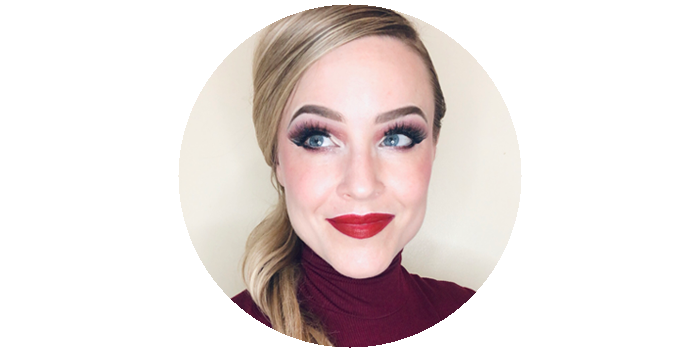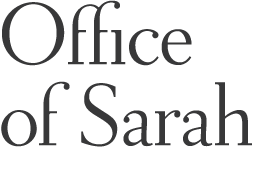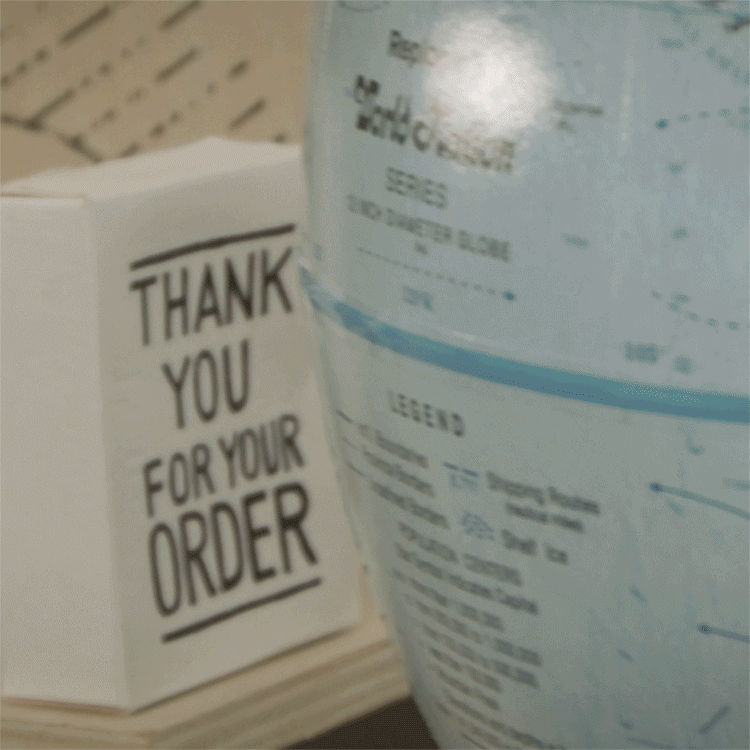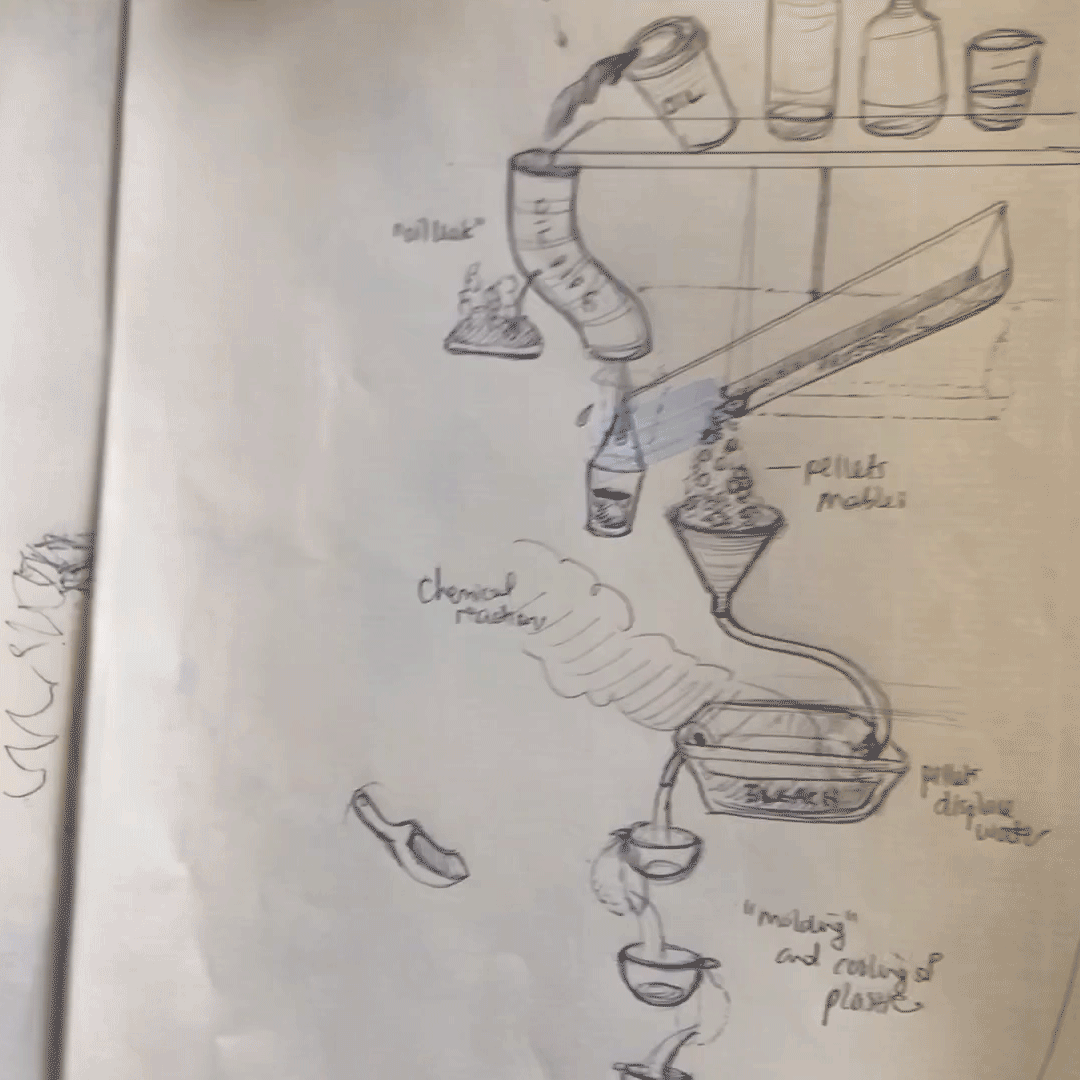The Client/Designer Partnership
As I mentioned last week, over the next 6 weeks I’m going to be giving you a rare behind-the-scenes peek around my design process. Specifically, I’ll be walking you through my experience working on a Rube Goldberg machine for Canopy Planet, as we took it from an idea to a tangible, physical artifact.
I was originally planning on writing about the Rube Goldberg machine project’s Strategic Goals for this blog post. But really, Episode 1 of my how-to series already does that. If you’re interested in learning about the underlying strategy for this Rube Goldberg project then I suggest you check out the video on Youtube (or scroll down to the bottom of this post).
In the meantime, I’m going to talk about my thoughts on something not covered in this series: what makes a great Client/Designer partnership.
Lovechild
A project is a partnership between client and designer. I think we take for granted that the client’s experience and goals are critical – after all, the project is for them, they are commissioning the work. But each designer also brings their own unique skill set, experience, and curiosity to a project in a way that is just as influential. I’m a strong believer that the best projects come at the intersection of a client and designer’s unique collaboration. A project is like the love child of the client team and design team – it contains both of their DNA. Put together a different client, a different designer, and you’ll get a totally different result. Or at least you should get a different result – the beauty of unique human brains and experiences is that we each have our own brilliant interpretations. These unique interpretations are assets: utilizing them is the difference between a one-of-a-kind project and a “clone” project that’s trying to mimic the work of others.
A brief side-note on mimicry: I know a lot of companies, designers and artists whose feathers get ruffled by it. I do get it – there’s a possessiveness and righteous indignation at someone taking your hard work and profiting off it. That being said, it rarely stresses me out, because by definition a tracing will always be a poor copy compared to the original. A copy will never have the depth, emotion, and pull of the original; a copy blindly traces where the original has meaning and intent in every mark. Now, if someone’s taken your work and improved on it, well, that’s not mimicry anymore is it? We all work off existing stuff, use existing tools, “standing on the shoulders of giants” as the saying goes. I love the Carl Sagan quote, “If you wish to make an apple pie from scratch, you must first invent the universe.” Unless you created the star-stuff—the basic elements of our world—you can’t really take credit for building anything from scratch, can you?
Mimicry is also unnecessary since, for most design work, I don’t see there being a single “right” answer. There are as many interesting solutions as there are teams in the world! Building up angst around finding the “right” answer can make you into a real stress-ball of wasted energy. You can never create someone else’s answer – but your team can find its own answer, which will result in not only a more unique (and therefore memorable) creation, but also a more personally satisfying creation.
Hot take
No matter what industry you work in, or which project you’re working on—from a small backyard garden to an ad campaign with international reach—I challenge you to bring your unique take to the table. Most anyone can learn how to do a job, but no one will have your unique take.
Your unique take is important. Not because it’s right or wrong, but because it’s interesting. Not only for the other people around the table, but also for you. It means you haven’t checked-out: your brain is still engaged, you are interested… unless, of course, you’re not interested, but that’s very relevant and interesting information too, isn’t it? It’s always possible to be seated at the wrong table, after all.
If you’re getting hired for a project, be guided by where your genuine interest takes you. The worst thing that could happen? You might end up genuinely interested in your work.
This Rube Goldberg project is an example of a great client team/design team fit. On my end, this is largely because I really see the importance and value of the work that Canopy is doing. You can learn more about it by watching Episode 1 of my how-to series below!
How-to series: Episode 1
Through their ongoing #Pack4Good campaign, Canopy Planet has been building awareness around single-use packaging. As forest advocates, one of the big misunderstandings they’ve encountered with the public is the false dichotomy between paper and plastic packaging. People think that by replacing their plastic bags with paper bags they’ve made a “better” choice – but both paper and plastic packaging (particularly single-use) have detrimental impacts on the environment. Even worse, these seemingly disconnected processes and products create a cascading domino effect that is catastrophic for our planet.
How do you explain both the paper and plastic manufacturing processes, and communicate how these single-use products are connected, creating chain reactions that we, as humans, are losing control over? Also, how to explain these things in a visually engaging way, preferably under 60 seconds?
To learn about our strategy for this project, check out Episode 1 of my How-to series!
